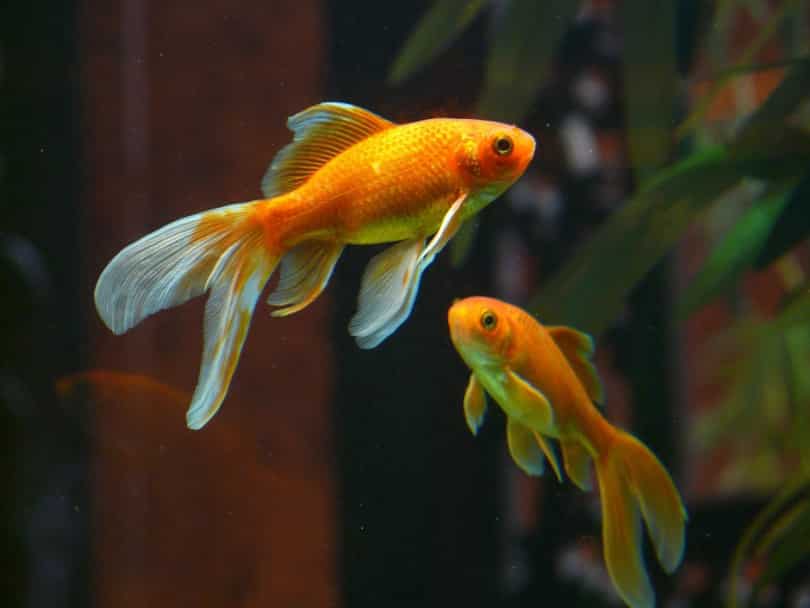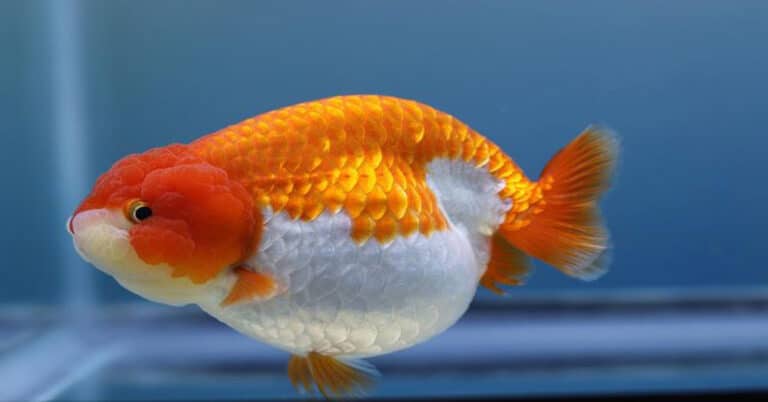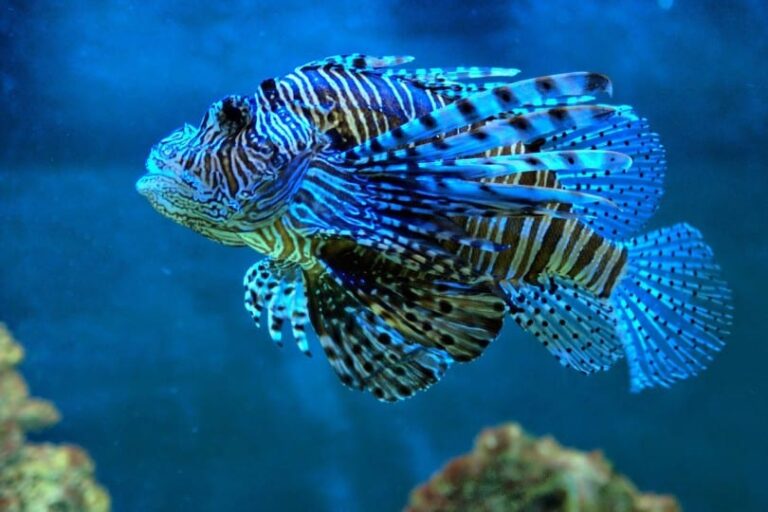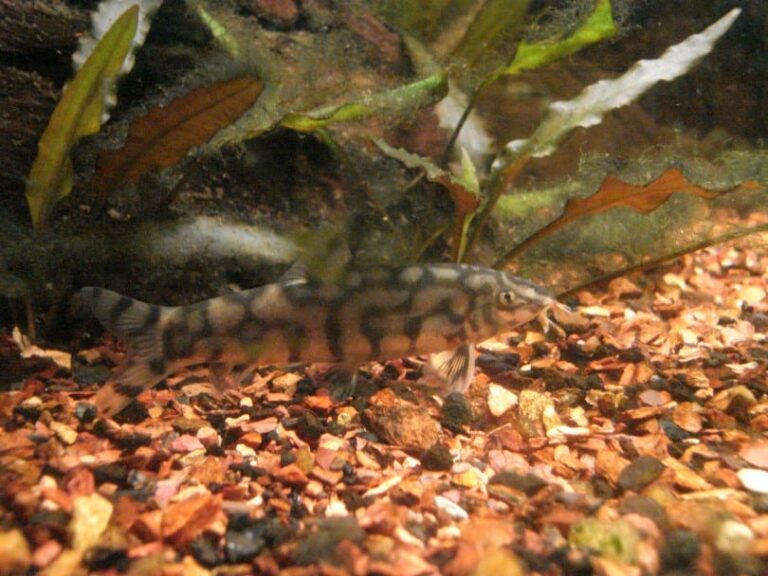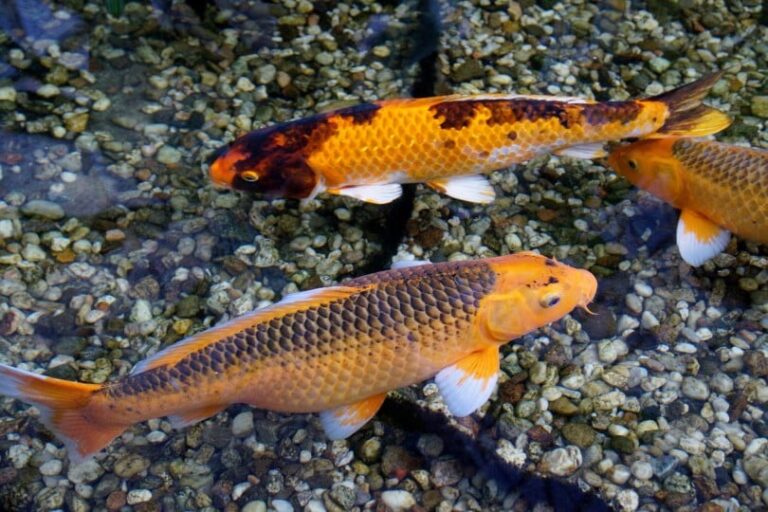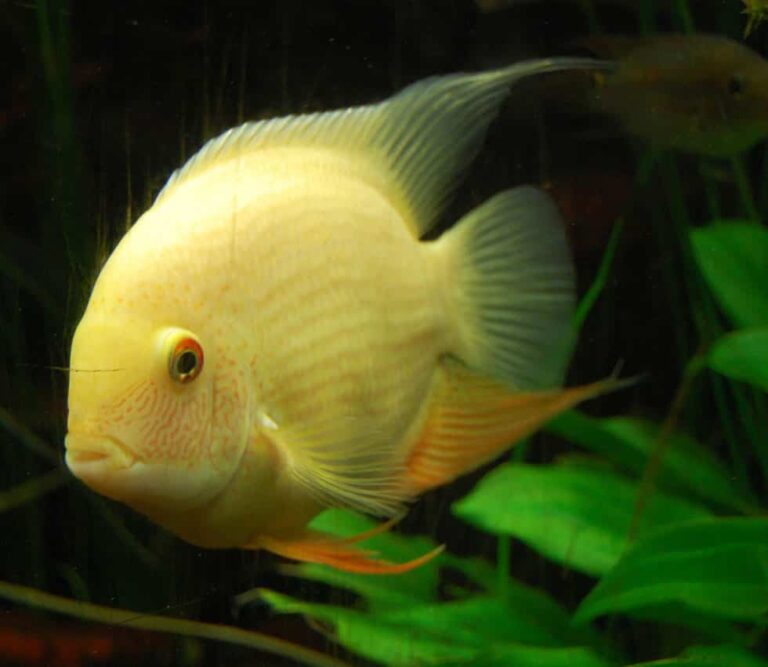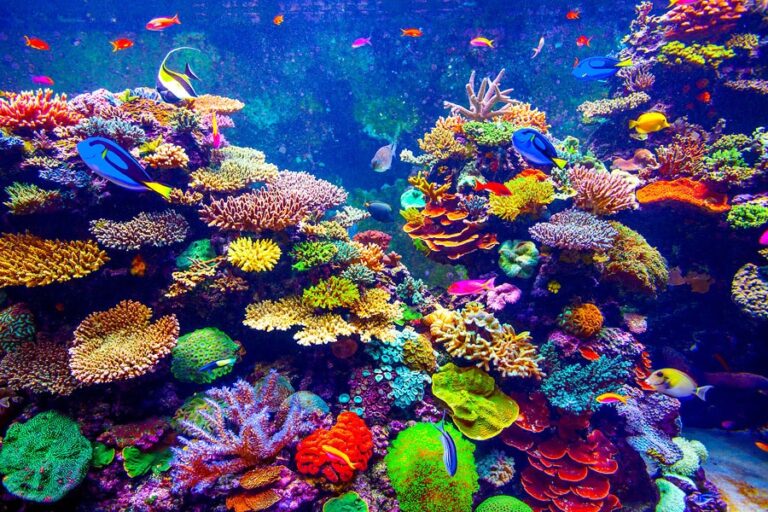Goldfish Care
Goldfish, scientifically termed as Carassius Auratus is a popular freshwater fish belonging to the Cyprinidae family and Cypriniformes order. It is said to be one of the oldest fish used in aquarium keeping and continues to be the most common fish found in the fish aquarium.
They are golden-colored, beautiful, small fish from the Carp family. They are less colored than the original Carp species. They originated from Asia, and the domestication of Goldfish had first taken place about 1000 years ago in China. Later, several different colored Goldfish were developed in China. Now, they are available in wide varieties of fin configurations, sizes, structures, body shapes, and colors like black, brown, red, white, and yellow. They have an average life span of 10 to 15 years
Goldfish Aquarium
How to Care For a Goldfish
The Goldfish is a rewarding pet, and adds a charm to your aquarium. They are easy to maintain, but like any other, they too have some requirements that should be followed to provide them with a healthy environment, much similar to their natural habitat. For that, you have to arrange a few things like-:
Water Condition
The quality of the aquarium water in which the Goldfish lives has to be regularly checked by the fish keeper. The levels of ammonia, nitrite and nitrate should be regularly checked, as they can turn the water toxic. While breeding in a new tank, there will be problem of ammonia due to the lack of enough bacteria that removes the ammonia. After a few months, the helpful bacteria grow, and help in the breakdown of the ammonia into nitrite. It cannot completely eradicate the quantity of ammonia, hence, to complement the process, installing a filter is essential. The other water levels like pH should be about 6.5 to 8.25 and the temperature should be at least 55 to 80 degree F. Similarly the hardness level of the water should also be taken into as the hardness preferred by this fish is between 3 and 14 degrees. These levels should be regularly checked using an aquarium kit. If you find slight differences, immediately change the water.
If there are no changes in the water conditions, the water should be changed only once a week. Similarly, you should not change the whole water at once, but only 1/3rd of it at a time.
How to Change the Water in the Goldfish Aquarium
- Use a vacuum suitable for the aquariums, also known as hose or siphon
- Then arrange for a bucket
- Switch off all the equipments like air pump, heater or filter
- Keep one end of the vacuum into the gravel at the tank bottom and the other end into the bucket. Now, operate the vacuum to suck the water from the tank, and shift it into the bucket. Regularly move the hose in different areas through the gravel so that all the dirt is removed. In this way, you can remove both the waste and water from the tank. Continue this until 1/3rd of the water in the tank is removed.
- Now remove and place the filter in the bucket containing the tank water. Squeeze the sponges of the filter gently to remove any dirt blocking the functioning of the filter. Then place the sponges back, and install the filter in your aquarium again.
- Remove and wash any other equipment or decorative items in the similar way, avoid using tap water and clean them in the bucket containing the tank water.
- Now fill a bucket full of tap water, and treat it with products like Seachem Prime. Carefully read the instructions and follow the directions on the label. Whenever you use the tap water, follow this method of treatment
- Now, gently add this treated tap water to your tank. Take time, and slowly pour the water, because the sudden change in the temperature and other water conditions can disturb your fish.
How to Feed Your Goldfish
There are some conditions to be followed while feeding your Goldfish or it may affect the tiny one’s health. Some of those conditions are-:
- These Goldfish should be fed only 1 to 2 times in a day. The quantity should be very low, only as much as they can eat in a minute. Overeating can cause severe health problems and eventually the fish can die, hence underfeeding is preferable than overfeeding.
- Like humans or any other creatures, these fish also love variety. Hence feed your fish with a variety of foods.
- They should be given a nutritious and healthy diet to acquire all the nutrient to survive. Feed them with a nutritious pellet diet every day. You can also include live food like brine shrimp and dried, frozen food like blood worms and mosquito larvae, occasionally.
- Always feed from the same spot and at the same time of the day like once in the morning and once at night.
How to Set up a Tank
Till now a very wrong impression has been given to the fish hobbyists that the Goldfish can survive in a small bowl. That is why, these creatures were having a short span of life, as the ammonia content in the small water bowl quickly increases, and the water turns toxic. Now, in modern fish keeping, many innovations have been introduced, and these have increased the life expectancy of these little creatures. Some of the conditions for a Goldfish tank are:
- The minimum size of the fish tank suitable for these fish to survive happily should be at least 20 gallons.
- Use large rocks or big gravel as a substrate so that it will not choke in your fish’s throat. There is a possibility of Goldfish swallowing these substrates.
- Wash the substrate and other decorative items in clean and treated water before placing it in the aquarium. Do not use soap or detergents, as they can be toxic to the Goldfish.
- You can place some hardy plants, rocks and wooden pieces that impart a natural look to the aquarium.
- Fluorescent or Halogen lights can be used to light the aquarium. These fish prefer a half day with light, and remaining half with darkness.
- You can install a filter in the tank. For efficiently removing the ammonia, a canister filter will be beneficial.
- Check the water conditions and level of minerals and salt with the help of an aquarium kit. After confirming the levels, you can introduce your fish into the fish tank
- Before adding your fish, add some dechlorinator to the tank water, as the chlorine content can kill your fish.
Diseases
Like all the other fish, the Goldfish also suffers from diseases. Some of the common diseases affecting them are Anchor worm, Ich, Dropsy, Cotton Wool and the like. The best solution for the control of these diseases from spreading to other fish and curing the affected fish is by shifting the affected one to a hospital tank, and providing the required medication. Most of the diseases can be kept away by providing the prescribed habitat, water condition and food.

Having discovered a fondness for insects while pursuing her degree in Biology, Randi Jones was quite bugged to know that people usually dismissed these little creatures as “creepy-crawlies”.

